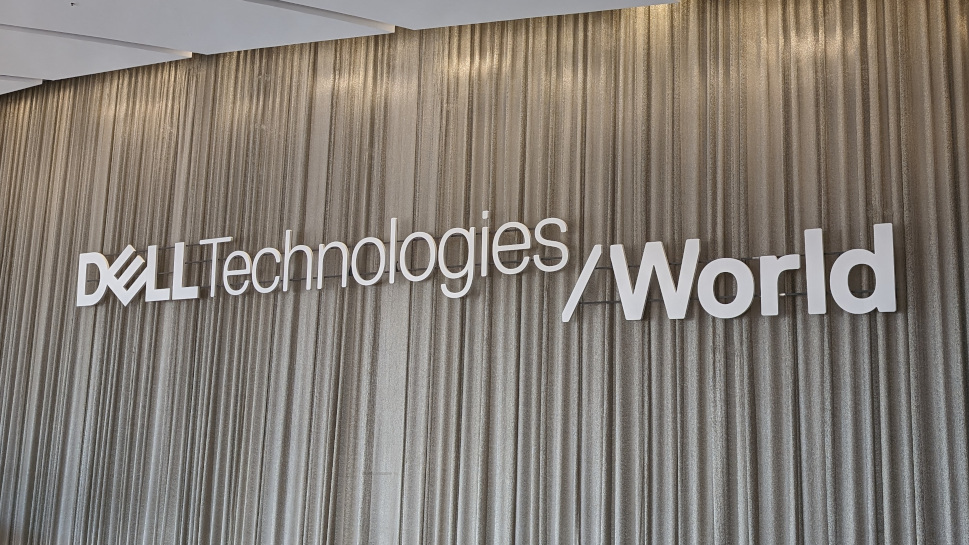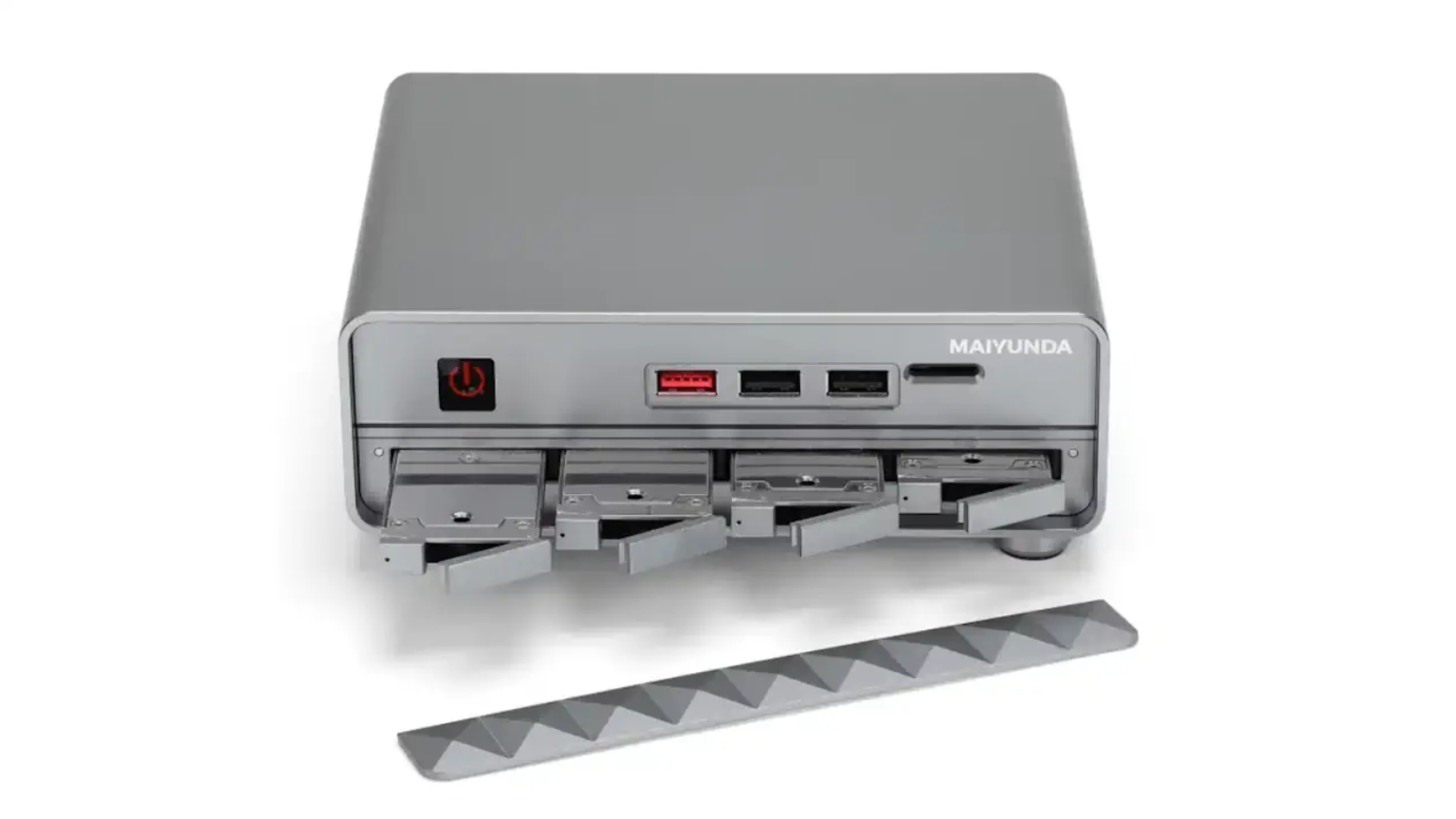DBMS Guide for MCU Bhopal BCA - Semester 2
This guide is created to help BCA Semester 2 students at MCU Bhopal study for their Database Management System (DBMS) exams. It covers all important topics and questions, making it easier to understand DBMS concepts. What is a DBMS? 1. What is a DBMS? A Database Management System (DBMS) is software that helps store, manage, and organize data efficiently. It's like a digital filing system that allows easy data storage, retrieval, and manipulation. Key Functions of a DBMS: Data Storage: Organizes and stores large amounts of data. Data Retrieval: Allows easy access to data. Data Manipulation: Enables actions like adding, updating, or deleting data. Data Security: Protects data from unauthorized access. File System vs DBMS 2. File System vs DBMS Feature File System DBMS Data Redundancy High (lots of repeated data) Low (less repeated data) Data Integrity Not enforced Enforced (rules and checks) Security Limited Advanced (user roles, permissions) Data Access Sequential or Indexed SQL-based (Structured Query Language) Concurrency Limited High (supports multiple users at once) A File System is simpler but doesn’t handle complex data relationships or support multiple users as efficiently as a DBMS. Types of Data Models 3. Types of Data Models Hierarchical Model: Organizes data in a tree-like structure. Network Model: Allows more complex relationships and uses a graph structure. Relational Model: Data is stored in tables, making it easy to manage and access. Object-Oriented Model: Stores data as objects (like in programming languages such as Java). Three-Level Architecture of DBMS 4. Three-Level Architecture This architecture describes how DBMS organizes and stores data: Internal Level: How data is physically stored. Conceptual Level: How data is logically organized. External Level: How users view and interact with the data. Data Independence 5. What is Data Independence? Data Independence refers to the ability to change the database structure without affecting other parts. Logical Data Independence: Changes the way data is organized without affecting user views. Physical Data Independence: Changes the way data is stored without affecting logical organization. Entity-Relationship (ER) Model 6. What is the ER Model? The Entity-Relationship (ER) Model is used to design databases and represents how entities (real-world objects) are related. Entities: Things or objects (e.g., Student, Course). Attributes: Properties of entities (e.g., Student Name, Course Duration). Relationships: How entities are connected (e.g., Student enrolls in Course). Relational Database Concepts 7. Relational Model The Relational Model organizes data into tables. Each table has rows (records) and columns (data fields). This model is the most common for organizing and storing data. 8. Relational Algebra Operations Relational algebra is used to manipulate and query data in relational databases. Selection (σ): Filters rows based on conditions. Projection (π): Selects specific columns. Union (∪): Combines data from two tables. Set Difference (-): Finds data in one table but not in another. Cartesian Product (×): Combines every row from one table with every row from another. Rename (ρ): Renames a relation. 9. Normalization Normalization improves the structure of a database by reducing redundancy. 1NF (First Normal Form): Ensures each column contains unique, atomic values. 2NF (Second Normal Form): Removes partial dependencies (applies after 1NF). 3NF (Third Normal Form): Removes transitive dependencies (applies after 2NF). 10. Functional Dependency Functional Dependency (FD) describes relationships between attributes in a table. Trivial FD: If X → Y and Y is part of X. Non-Trivial FD: If X → Y and Y is not part of X. Transitive FD: If X → Y and Y → Z, then X → Z. Functional dependencies are crucial for normalization. Database Storage and Querying 11. Indexing Indexing helps to find data faster, similar to an index in a book. Single-Level Index: One index file. Multi-Level Index: Multiple index files. Clustered Index: Data is stored in the same order as the index. Non-Clustered Index: Data and index are stored separately. 12. Hashing Hashing helps in quick data retrieval by using a unique hash value. It’s used for: Data Retrieval: Quick access to records. Data Integrity: Ensures data consistency and security. Cryptography: Secures data using hash functions. 13. Query Processing Query Processing involves turning SQL queries into actions that a DBMS can execute. Parsing: Checking if the query is valid. Translation: Converting the query into a form the system can execute. Optimiz

This guide is created to help BCA Semester 2 students at MCU Bhopal study for their Database Management System (DBMS) exams. It covers all important topics and questions, making it easier to understand DBMS concepts.
What is a DBMS?
1. What is a DBMS?
A Database Management System (DBMS) is software that helps store, manage, and organize data efficiently. It's like a digital filing system that allows easy data storage, retrieval, and manipulation.
Key Functions of a DBMS:
- Data Storage: Organizes and stores large amounts of data.
- Data Retrieval: Allows easy access to data.
- Data Manipulation: Enables actions like adding, updating, or deleting data.
- Data Security: Protects data from unauthorized access.
File System vs DBMS
2. File System vs DBMS
| Feature | File System | DBMS |
|---|---|---|
| Data Redundancy | High (lots of repeated data) | Low (less repeated data) |
| Data Integrity | Not enforced | Enforced (rules and checks) |
| Security | Limited | Advanced (user roles, permissions) |
| Data Access | Sequential or Indexed | SQL-based (Structured Query Language) |
| Concurrency | Limited | High (supports multiple users at once) |
A File System is simpler but doesn’t handle complex data relationships or support multiple users as efficiently as a DBMS.
Types of Data Models
3. Types of Data Models
- Hierarchical Model: Organizes data in a tree-like structure.
- Network Model: Allows more complex relationships and uses a graph structure.
- Relational Model: Data is stored in tables, making it easy to manage and access.
- Object-Oriented Model: Stores data as objects (like in programming languages such as Java).
Three-Level Architecture of DBMS
4. Three-Level Architecture
This architecture describes how DBMS organizes and stores data:
- Internal Level: How data is physically stored.
- Conceptual Level: How data is logically organized.
- External Level: How users view and interact with the data.
Data Independence
5. What is Data Independence?
Data Independence refers to the ability to change the database structure without affecting other parts.
- Logical Data Independence: Changes the way data is organized without affecting user views.
- Physical Data Independence: Changes the way data is stored without affecting logical organization.
Entity-Relationship (ER) Model
6. What is the ER Model?
The Entity-Relationship (ER) Model is used to design databases and represents how entities (real-world objects) are related.
-
Entities: Things or objects (e.g.,
Student,Course). -
Attributes: Properties of entities (e.g.,
Student Name,Course Duration). -
Relationships: How entities are connected (e.g.,
Student enrolls in Course).
Relational Database Concepts
7. Relational Model
The Relational Model organizes data into tables. Each table has rows (records) and columns (data fields). This model is the most common for organizing and storing data.
8. Relational Algebra Operations
Relational algebra is used to manipulate and query data in relational databases.
- Selection (σ): Filters rows based on conditions.
- Projection (π): Selects specific columns.
- Union (∪): Combines data from two tables.
- Set Difference (-): Finds data in one table but not in another.
- Cartesian Product (×): Combines every row from one table with every row from another.
- Rename (ρ): Renames a relation.
9. Normalization
Normalization improves the structure of a database by reducing redundancy.
- 1NF (First Normal Form): Ensures each column contains unique, atomic values.
- 2NF (Second Normal Form): Removes partial dependencies (applies after 1NF).
- 3NF (Third Normal Form): Removes transitive dependencies (applies after 2NF).
10. Functional Dependency
Functional Dependency (FD) describes relationships between attributes in a table.
-
Trivial FD: If
X → YandYis part ofX. -
Non-Trivial FD: If
X → YandYis not part ofX. -
Transitive FD: If
X → YandY → Z, thenX → Z.
Functional dependencies are crucial for normalization.
Database Storage and Querying
11. Indexing
Indexing helps to find data faster, similar to an index in a book.
- Single-Level Index: One index file.
- Multi-Level Index: Multiple index files.
- Clustered Index: Data is stored in the same order as the index.
- Non-Clustered Index: Data and index are stored separately.
12. Hashing
Hashing helps in quick data retrieval by using a unique hash value. It’s used for:
- Data Retrieval: Quick access to records.
- Data Integrity: Ensures data consistency and security.
- Cryptography: Secures data using hash functions.
13. Query Processing
Query Processing involves turning SQL queries into actions that a DBMS can execute.
- Parsing: Checking if the query is valid.
- Translation: Converting the query into a form the system can execute.
- Optimization: Finding the most efficient way to execute the query.
- Execution: Running the query and returning results.
14. Query Optimization
Query Optimization aims to make database queries faster and more efficient.
- Join Ordering: Deciding the best order to join tables.
- Selection Pushdown: Applying filters as early as possible.
- Index Selection: Using indexes to speed up queries.
Concurrency, Recovery, and Security
15. Concurrency Control
Concurrency Control allows multiple users to access the database simultaneously without conflicts.
- Locking: Prevents access to data during modification.
- Timestamp Ordering: Ensures transactions occur in the correct order.
- Multiversion Concurrency Control: Allows users to access different versions of the data.
16. Recovery Concepts
Recovery ensures the database can return to a consistent state after a failure.
- Log-Based Recovery: Uses transaction logs to undo or redo changes after a crash.
- Shadow Paging: Keeps backup copies of data.
- Checkpointing: Saves periodic snapshots of the database for recovery.
17. Database Security
Database Security is designed to protect data from unauthorized access.
- Authentication: Verifying the identity of users.
- Authorization: Deciding what actions a user can perform.
- Encryption: Making data unreadable to unauthorized users.
- Backup and Recovery: Ensuring data can be restored if lost or corrupted.
Current Trends in DBMS
18. Centralized and Client-Server Architectures
- Centralized Architecture: All database operations are handled by one server.
- Client-Server Architecture: Divides the system into a client (user side) and a server (database side).
19. Distributed Databases
A Distributed Database is spread across multiple locations. It enhances performance, scalability, and reliability.
20. Object-Oriented Databases (OODB)
OODB stores data as objects, which is helpful for managing complex data, such as multimedia files.
21. Spatial & Temporal Databases
- Spatial Databases: Store data related to physical locations.
- Temporal Databases: Store data that changes over time.
22. Data Mining & Warehousing
- Data Mining: Discover patterns in large data sets.
- Data Warehousing: Stores large amounts of historical data for analysis.
23. Data Visualization
Data Visualization involves displaying data using charts and graphs to make it easier to understand and analyze.
24. Mobile Databases
Mobile Databases allow mobile devices to store and access data even when offline.
25. XML Databases
XML Databases store data in XML format, which is commonly used for data interchange.
26. Multimedia & Web Databases
- Multimedia Databases: Store images, videos, and audio.
- Web Databases: Store data for websites, such as user data or product catalogs.
Conclusion
This guide provides essential concepts that will help BCA Semester 2 students at MCU Bhopal excel in their DBMS exams. It covers both foundational topics like normalization, ER models, and relational databases as well as advanced topics like indexing, query optimization, and data security. By understanding these concepts, you'll be better prepared for exams and real-world database management tasks.
Good luck with your studies and exams!












































































































































































![[The AI Show Episode 146]: Rise of “AI-First” Companies, AI Job Disruption, GPT-4o Update Gets Rolled Back, How Big Consulting Firms Use AI, and Meta AI App](https://www.marketingaiinstitute.com/hubfs/ep%20146%20cover.png)


























































































































![[DEALS] The ChatGPT & AI Super Bundle (91% off) & Other Deals Up To 98% Off – Offers End Soon!](https://www.javacodegeeks.com/wp-content/uploads/2012/12/jcg-logo.jpg)



![How to make Developer Friends When You Don't Live in Silicon Valley, with Iraqi Engineer Code;Life [Podcast #172]](https://cdn.hashnode.com/res/hashnode/image/upload/v1747360508340/f07040cd-3eeb-443c-b4fb-370f6a4a14da.png?#)




































































































































































































































![Seven tech accessories I keep coming back to [Video]](https://i0.wp.com/9to5mac.com/wp-content/uploads/sites/6/2025/05/7-tech-accessories-FI-1.jpg?resize=1200%2C628&quality=82&strip=all&ssl=1)



















![iPhone 17 Air Could Get a Boost From TDK's New Silicon Battery Tech [Report]](https://www.iclarified.com/images/news/97344/97344/97344-640.jpg)
![Vision Pro Owners Say They Regret $3,500 Purchase [WSJ]](https://www.iclarified.com/images/news/97347/97347/97347-640.jpg)
![Apple Showcases 'Magnifier on Mac' and 'Music Haptics' Accessibility Features [Video]](https://www.iclarified.com/images/news/97343/97343/97343-640.jpg)



































































